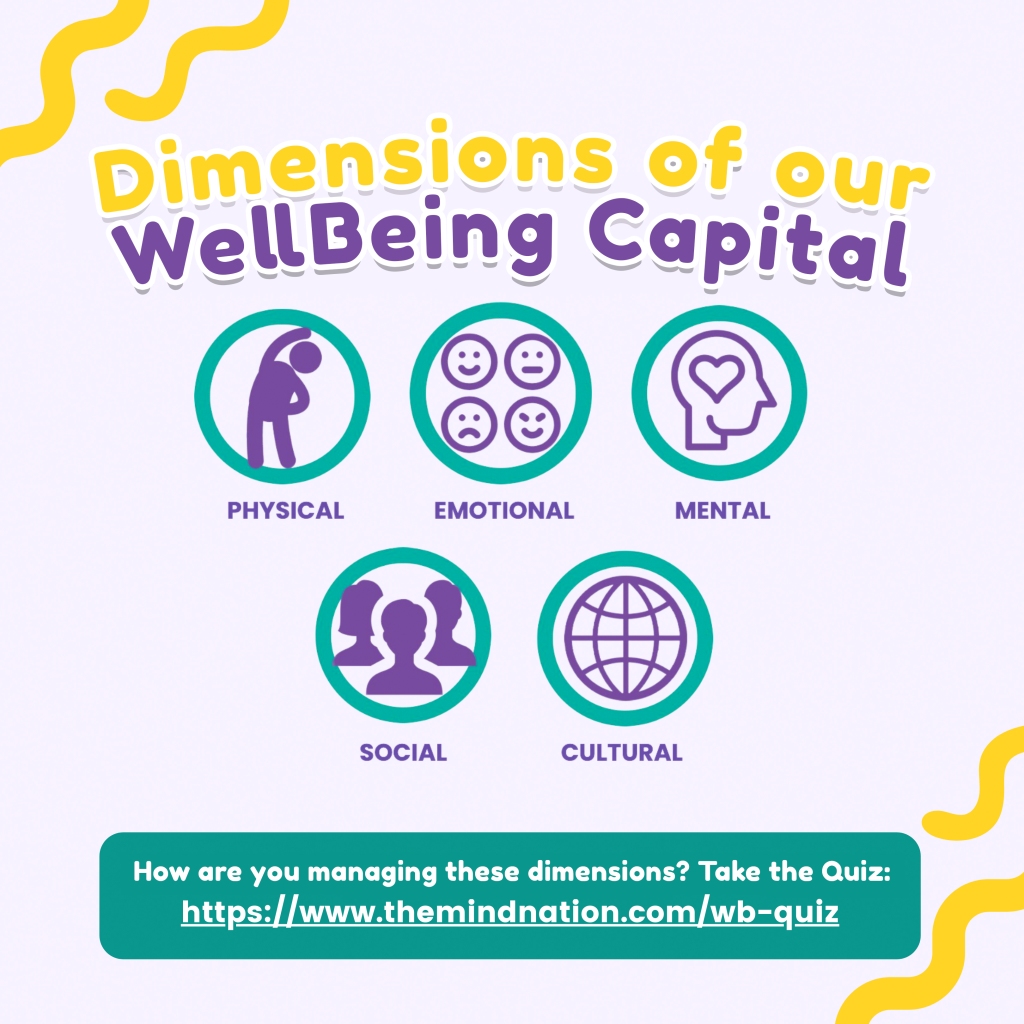A mentor is an experienced or trusted advisor who provides their mentee with the tools, guidance, support, and feedback they need to thrive in their career. A good mentor enhances an employee’s skills, cultivates leaders who can help the company further advance, and drives positive company culture.
If you want to develop an effective mentoring program in your organization, partner with a mental health and well-being provider to avail of services that build happier, healthier, more empathic teams. Visit www.mindnation.com or email [email protected] to know more about our CareNow Plan© for teams.
Good mentors come in all ages, genders, and even educational attainments. “You can be a good mentor as long as you are dependable, engaged, authentic, and tuned in to a mentee’s needs,” says career and business advisor Grace De Castro of V+A Consulting, a boutique consulting firm with expertise in customized people programs and creative business solutions.
It is not just a mentee who benefits from the guidance of a good mentor; mentors themselves experience the satisfaction that comes from giving back and having a sense of belonging. “A mentor can find a lot of growth if they are in a group that is supportive and safe, in a community that makes them feel heard and values their life experiences,” shares Grace.
Mentors themselves experience the satisfaction that comes from giving back and having a sense of belonging.
Grace De Castro of V+A Consulting
If you feel you are ready to take on the role of nurturing someone’s career growth, here are the qualities that you need to be a good mentor:
- Optimism. A good mentor constantly uplifts their mentee. “Make the person feel that you believe in their potential, that you hear them, and are willing to listen to them,” says Grace.
- Teachability. While there are courses and certificate programs for aspiring mentors, these are not requirements to be good in the role. “There are many things you can do on your own to learn to be a good mentor, such as following thought leaders and statesmen on social media so you learn about different perspectives,” advises Grace. “And read! There are so many books that can help you become a better mentor, and don’t limit yourself to non-fiction, self-help, or personal development books. Fiction gives you a different view of how people are and can be great conversation starters. Lastly, immerse yourself with what’s happening outside; have a genuine interest in others.”
- An open mind. “A good mentor always comes prepared to be surprised,” advises Grace. “We are all human, which means that most of the time there are deep-seated reasons for mentoring that involve personal issues. So I always make sure I provide a safe space for my mentees if they want to talk to me about deeper matters.”
- A real desire to help but no desire to control the outcome. “Sometimes, people don’t necessarily need advice from a mentor; they just need someone to listen to them,” says Grace. “And when you provide a safe space for people to use you as a sounding board, you end up improving more than just careers.”
- Trust. A good mentor never gossips about their clients. “I have lost potential clients because they want to know who else I am working with but I value confidentiality,” says Grace. “A good mentor-mentee relationship involves a trust component that both work very hard to strengthen over time.”



















